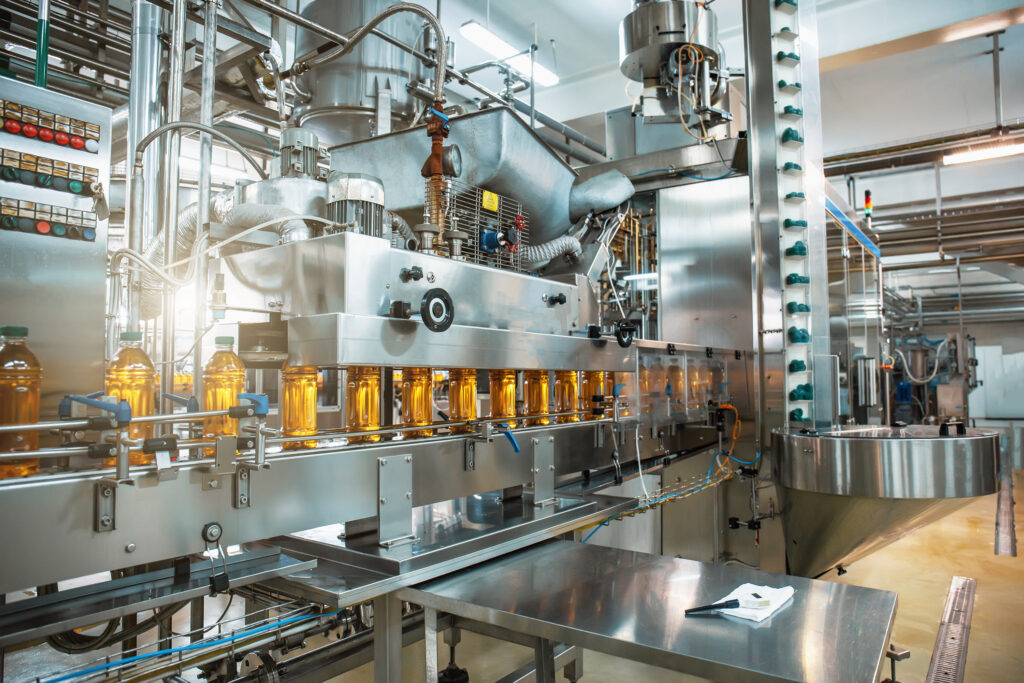
Labour challenges and need for increased automation in F&B production
July 1, 2023 | By EMC
 Photo: Photo: © DedMityay / Adobe Stock
Photo: Photo: © DedMityay / Adobe Stock 
Photo: Photo: © DedMityay / Adobe Stock
Many manufacturers in the food and beverage industry have already implemented automation into their operations. As the lingering effects of the COVID-19 pandemic continue to slow industry recovery from labour shortages, manufacturers are now looking to the next generation of automation solutions.
The good news, there are government programs and subsidies to help businesses fund the R&D required to take advantage of evolving automation technologies.
Current state of automation
Automation has been key to F&B manufacturers since the early days of assembly lines. Today, advances in robotics increase personnel efficiency and overall production speed. Quality control is enhanced through machine vision systems, which optically check products for foreign material, read contamination test strips, and can “see” contaminants that human eyes cannot.
The mechanical automation of traditionally dangerous tasks, such as meat-cutting, greatly improve employee health and safety. As well, advanced systems monitor and optimize energy efficiency, increasing profitability while reducing an operation’s carbon footprint.

Photo: Photo: © saquizeta / Adobe Stock
What’s next?
Artificial Intelligence (AI) is being used in everything from increasing the accuracy of food sorting, cleaning, hygiene, and safety on the production line, to using predictive analytics to speed the development of new formulations in recipes and flavours and anticipate issues in the supply chain.
However, advances in technology also require people to run and maintain those advanced manufacturing systems. Specialists in robotics, industrial internet of things (IIoT), and other advanced technologies will need to be hired
or contracted.
Furthermore, there is the cost of scientific R&D.
To help with these costs, the Government of Canada offers Scientific Research and Experimental Development (SR&ED) tax credits. These include deductions against income as well as investment tax credits (ITCs) for at least 15 per cent—and as much as 35 per cent—of your qualified SR&ED expenditures.
Further to these tax credits, consider applying for a Canada Digital Adoption Program (CDAP) Boost Your Business Technology Grant. Boost Your Business Technology can help get your business online, give your e-commerce presence a boost, or digitalize your business’s operations. These grants are designed to help Canadian businesses become more competitive.
In addition to helping your business scale up its technology and become more resilient and competitive, the program also offers wage subsidies to hire youth to support the implementation of new technology and strategies.
Post-pandemic labour shortages are not likely to ease anytime soon. By investing now in further automation, you can both future-proof your business and take advantage of
timely incentives.
____________________
Applying for government incentives can seem like a challenge, but you can also get help with this. EMC provides free assessments for your potential SR&ED tax credits, Grants, or both. EMC partners with experts in the field to understand your unique production needs and strategic initiatives, as well as the programs you could qualify and apply for. You can find out more about these services at
emccanada.org/research-insights/sr-ed.
